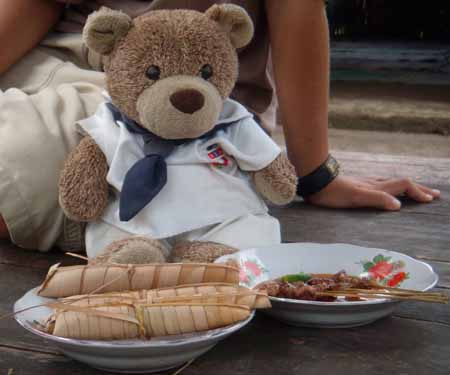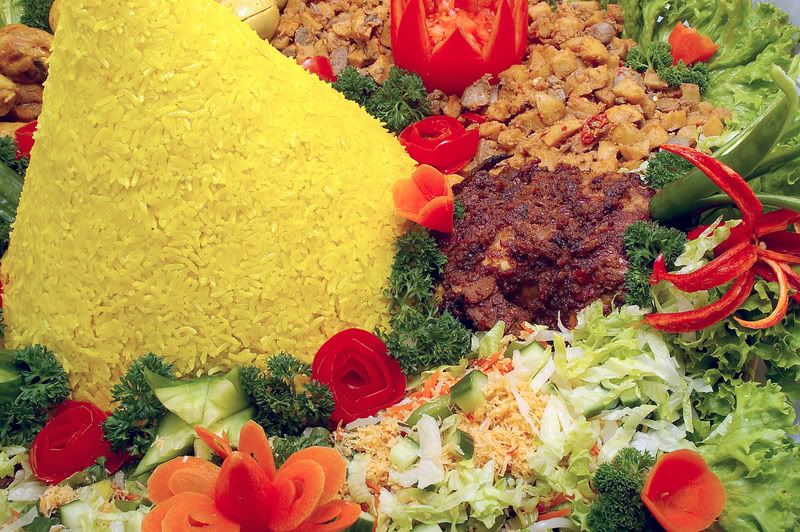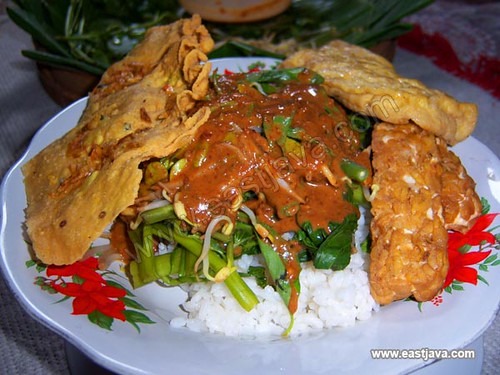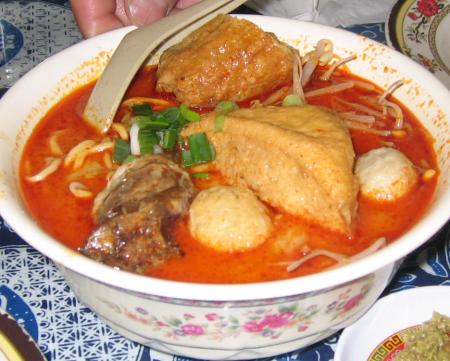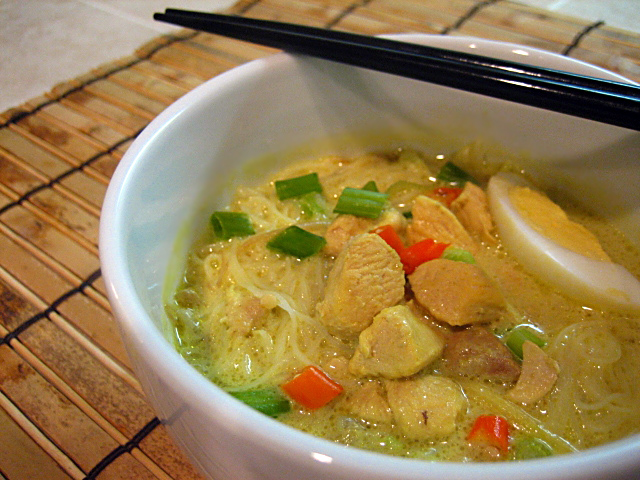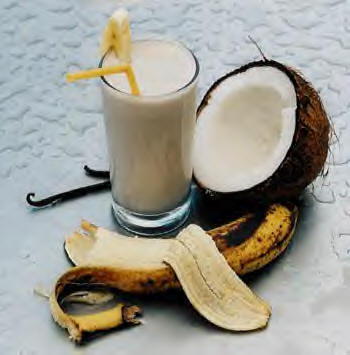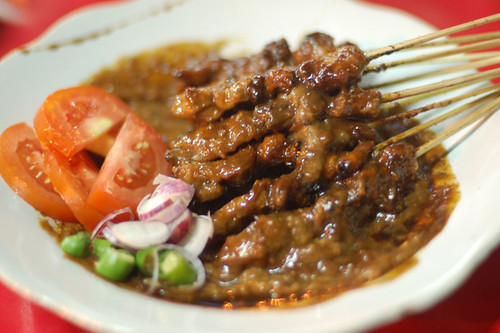By Chuck R Stewart
 When you want Indonesian food, and there is not an Asian market nearby or if there is not an Asian market around at all, you have two choices. You can accept that you will never be able to walk around a grocery that has the kinds of foods you love, or you can do what so many other people are doing these days - shopping for Indonesian food online. There are many places where convenience meets technology, and online Indonesian food businesses were made for just such a situation as this by their owners with the same frustrations. No gas, no driving for miles just to satisfy your craving for food from your homeland or just for a more exotic taste during your week. These stores also offer some of the lowest prices in North America as well as some of the most recognized Indonesian food brands.
When you want Indonesian food, and there is not an Asian market nearby or if there is not an Asian market around at all, you have two choices. You can accept that you will never be able to walk around a grocery that has the kinds of foods you love, or you can do what so many other people are doing these days - shopping for Indonesian food online. There are many places where convenience meets technology, and online Indonesian food businesses were made for just such a situation as this by their owners with the same frustrations. No gas, no driving for miles just to satisfy your craving for food from your homeland or just for a more exotic taste during your week. These stores also offer some of the lowest prices in North America as well as some of the most recognized Indonesian food brands. Like most large countries, there is no one kind of Indonesian cuisine, but Indonesian food has some generalities that make its many kinds of Indonesian foods unique, whether the Indonesian food is a play off other countries' foods or whether the dishes are native to various Indonesian regions. Some Indonesian dishes are influenced by Chinese cuisine (and vice versa), but others, such as the Padang food in Sumatra, show some Middle Eastern and Indian influence. Indonesian food is commonly eaten with a spoon in the right hand and a fork in the left, although in parts of the country, Indonesian food is just eaten with one's hands, as utensils are not easily procured.
Like most large countries, there is no one kind of Indonesian cuisine, but Indonesian food has some generalities that make its many kinds of Indonesian foods unique, whether the Indonesian food is a play off other countries' foods or whether the dishes are native to various Indonesian regions. Some Indonesian dishes are influenced by Chinese cuisine (and vice versa), but others, such as the Padang food in Sumatra, show some Middle Eastern and Indian influence. Indonesian food is commonly eaten with a spoon in the right hand and a fork in the left, although in parts of the country, Indonesian food is just eaten with one's hands, as utensils are not easily procured. Like many Asian cultures, rice is the foundation of every meal. It can be eaten in a soup or with vegetables and meat. Rice can also be steamed in coconut fronds, which is called ketaput, or made into crackers, desserts, or even wines. Fried rice, called nasi goring, is one of the most popular Indonesian food dishes, although meat on a skewer served with peanut sauce (sate or satay), bean sprouts and vegetables with peanut sauce, and various kinds of seafood are also quite popular Indonesian foods. Indonesia has a gold mine of native tropical fruits that are enjoyed for their richness all over the world, including custard apples, guavas, rambutan, mangoes, starfruits, and papayas. In the Sumatra regions, they often provide curried meats and vegetables like gulai, which is an Indonesian curry with a characteristic yellow color from the spice turmeric and coconut milk. The Chinese influence on Indonesian food is seen in the prevalence of rice, noodles, and meatballs. Some Indonesian foods, however, are unique to the region, like tempe, which has become popular worldwide. Tempe comes from Java; its origin was a result of deforestation as protein became harder to come by, and the tempe provided an adequate alternative.
Like many Asian cultures, rice is the foundation of every meal. It can be eaten in a soup or with vegetables and meat. Rice can also be steamed in coconut fronds, which is called ketaput, or made into crackers, desserts, or even wines. Fried rice, called nasi goring, is one of the most popular Indonesian food dishes, although meat on a skewer served with peanut sauce (sate or satay), bean sprouts and vegetables with peanut sauce, and various kinds of seafood are also quite popular Indonesian foods. Indonesia has a gold mine of native tropical fruits that are enjoyed for their richness all over the world, including custard apples, guavas, rambutan, mangoes, starfruits, and papayas. In the Sumatra regions, they often provide curried meats and vegetables like gulai, which is an Indonesian curry with a characteristic yellow color from the spice turmeric and coconut milk. The Chinese influence on Indonesian food is seen in the prevalence of rice, noodles, and meatballs. Some Indonesian foods, however, are unique to the region, like tempe, which has become popular worldwide. Tempe comes from Java; its origin was a result of deforestation as protein became harder to come by, and the tempe provided an adequate alternative. Vendors are a regular sight in Indonesia, and they often sell Chinese-inspired Indonesian foods like buns and noodles. Pork used to be sold, too, but with the rise of Islam in Indonesia, it is not used as often in traditional dishes.
Vendors are a regular sight in Indonesia, and they often sell Chinese-inspired Indonesian foods like buns and noodles. Pork used to be sold, too, but with the rise of Islam in Indonesia, it is not used as often in traditional dishes.





